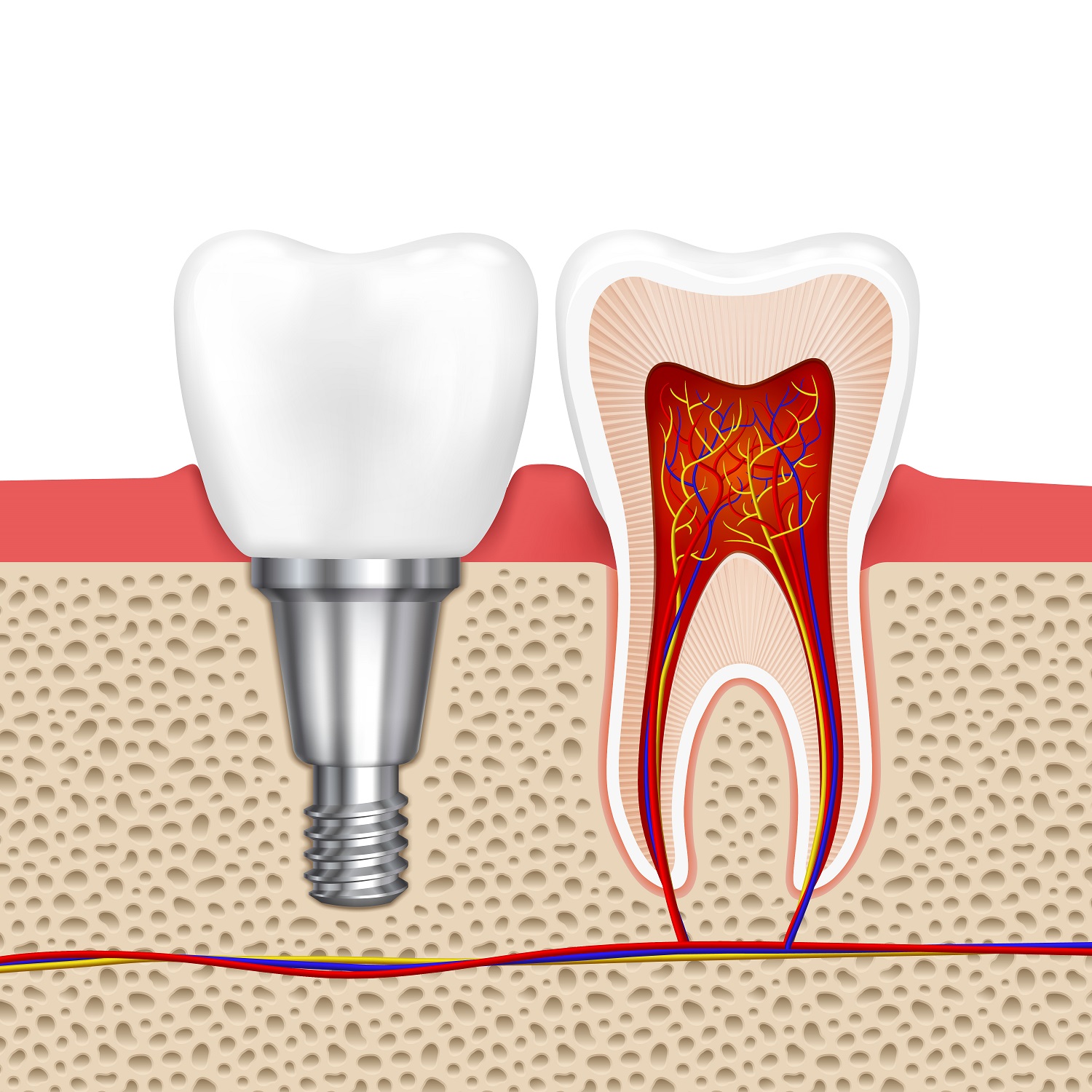Root Canal Treatment at Cedars Endo
A root canal is a highly effective procedure designed to save a severely infected or damaged tooth by removing the inflamed pulp, cleaning and disinfecting the root canals, and sealing them to prevent further infection. At Cedars Endo, we perform this treatment with precision and care, using advanced technology like dental microscopes and 3D imaging to ensure optimal results. The procedure is virtually painless under local anesthesia, and it allows you to keep your natural tooth while relieving pain and restoring function.

4 Key Benefits of Root Canal Treatment
01
Pain Relief
Stops toothache caused by infection
02
Tooth Preservation
Avoids extraction & maintains jawbone health
03
Natural Look & Function
Keeps your smile intact
04
Prevents Further Damage
Stops infection from spreading
Frequently Asked Questions
Does a root canal hurt?
No! Modern anesthesia ensures minimal discomfort—most patients feel only slight pressure.
How long does it take?
Typically 1–2 visits (60–90 mins each), depending on complexity.
Will I need a crown after?
Yes, a crown protects the treated tooth from fractures—we’ll customize yours for a perfect fit.
What if I delay treatment?
Untreated infections can worsen, leading to abscesses, bone loss, or systemic health risks.
How long do results last?
With proper care, root canals can last a lifetime! Maintain oral hygiene and regular check-ups.


